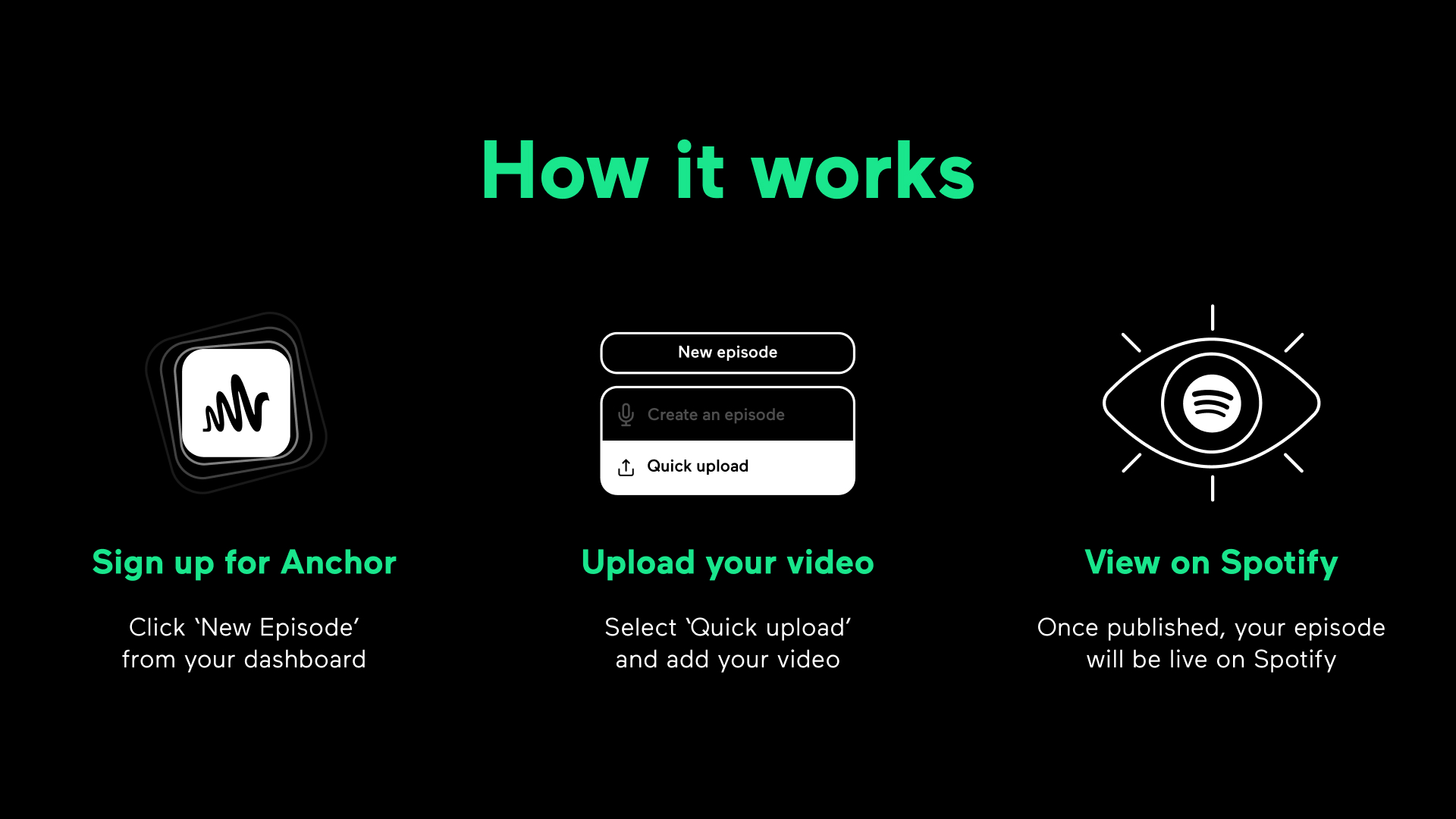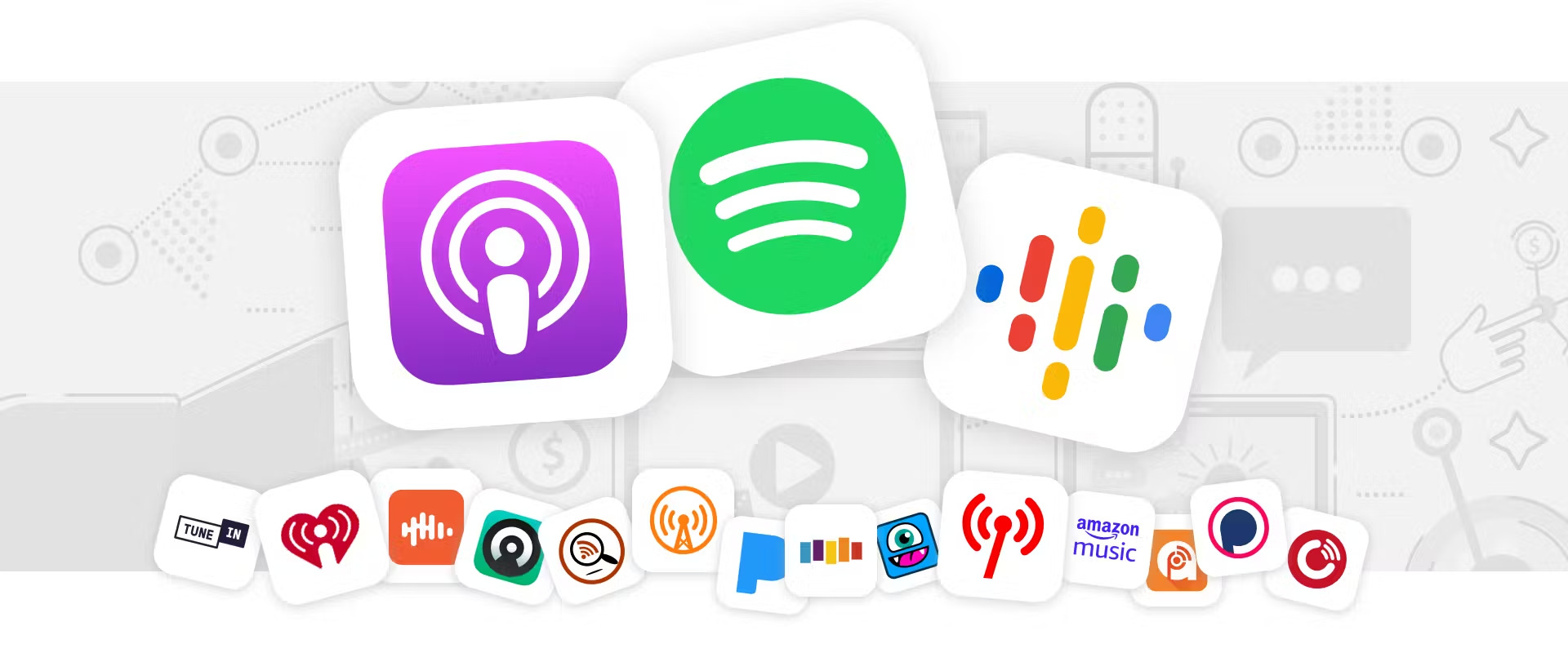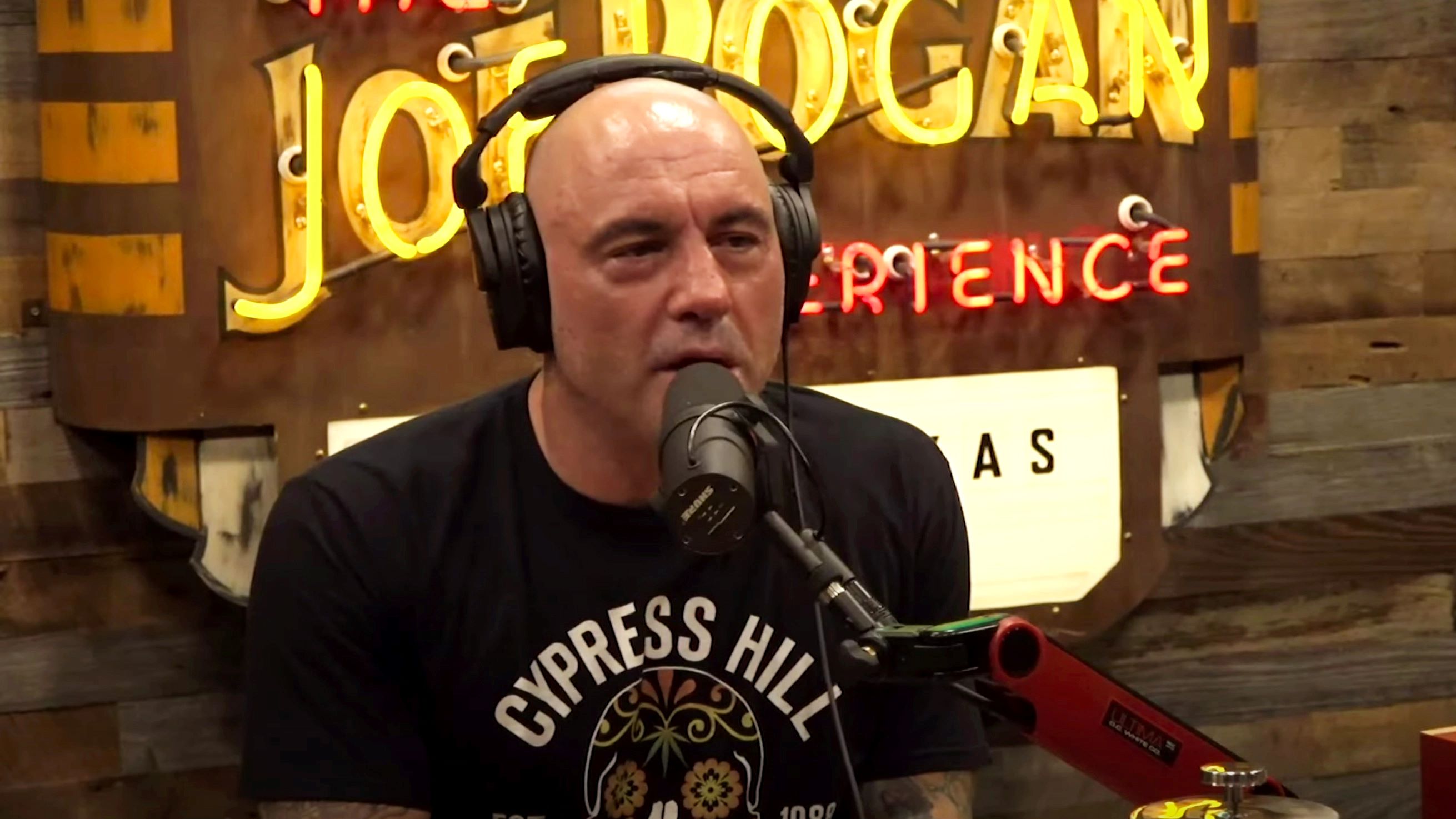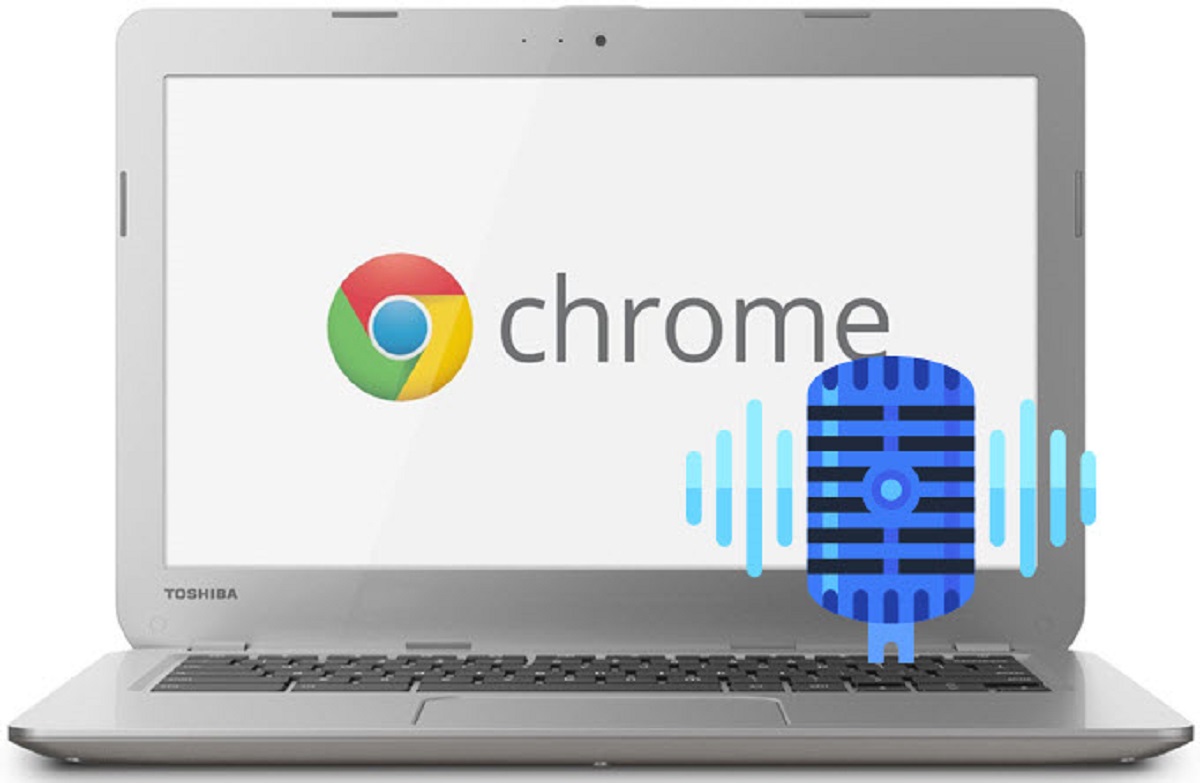Introduction
Welcome to the world of podcasting, a constantly growing medium that allows you to share your thoughts and ideas with a global audience. If you’re looking to reach even more listeners, Spotify is the perfect platform to showcase your podcast. With millions of active users and a user-friendly interface, Spotify is a popular choice for both podcast creators and enthusiasts alike.
In this guide, we will walk you through the process of uploading your podcast to Spotify, step by step. Whether you’re a seasoned podcaster or just starting out, this article will provide you with everything you need to know to get your podcast on Spotify and increase your reach.
Before diving into the specifics, it’s important to note that Spotify has certain requirements and guidelines for podcasts. You will need to meet these criteria in order to upload your podcast successfully. Ensure that your podcast follows Spotify’s content policies and technical specifications to avoid any unnecessary delays or rejections.
Now, let’s get started on getting your podcast on Spotify!
Step 1: Sign Up for a Spotify Account
The first step in uploading your podcast to Spotify is to sign up for a Spotify account if you don’t already have one. Follow these simple steps to create your account:
- Go to the Spotify website or download the Spotify app on your mobile device.
- Click on the “Sign Up” button.
- Choose whether you want to sign up with your Facebook account or with your email address. If you choose to sign up with your email address, enter your email, choose a password, and create a username.
- Fill in your personal details such as your date of birth and gender.
- Optional: Customize your music preferences by selecting your favorite genres and artists.
- Agree to the terms and conditions and click on the “Sign Up” button.
Once you have signed up for a Spotify account, you will have access to the Spotify platform and be able to explore the vast library of music and podcasts available. Sign in to your new account and you’re ready to move on to the next step!
Step 2: Prepare Your Podcast Files
Before uploading your podcast to Spotify, you need to make sure your podcast files are properly prepared. Follow these steps to ensure your podcast is in the right format:
- Create High-Quality Audio: Record your podcast episode in a quiet environment using a good quality microphone. Pay attention to audio levels, minimizing background noise, and speaking clearly.
- Choose an Audio Format: Convert your recorded audio file to a suitable format. Spotify supports MP3 and M4A file formats, but MP3 is widely preferred due to its compatibility and smaller file size.
- Edit Your Episodes: Use audio editing software to trim any unwanted parts, enhance the audio quality, and add music or sound effects if desired. Make sure to save the edited files as separate episodes.
- Organize Your Podcast Episodes: Create a folder on your computer to organize your podcast episodes. Label each episode with a unique and descriptive title.
- Create Cover Art: Design an eye-catching cover art for your podcast. The recommended dimensions for cover art on Spotify are 1400 x 1400 pixels, with a maximum file size of 3MB. Make sure your cover art represents your podcast and grabs listeners’ attention.
- Write Episode Descriptions: Craft compelling and concise descriptions for each episode. These descriptions should highlight the key topics, guests, and intriguing aspects of the episode to entice potential listeners.
Preparing your podcast files beforehand saves time and ensures that your podcast episodes are of high quality. It’s crucial to pay attention to audio quality, file formats, and engaging cover art and episode descriptions to make your podcast stand out on Spotify.
Step 3: Create a Spotify for Podcasters Account
In order to upload your podcast to Spotify, you need to create a Spotify for Podcasters account. This account allows you to manage and track the performance of your podcast on Spotify. Follow these steps to create your Spotify for Podcasters account:
- Go to the Spotify for Podcasters website (https://podcasters.spotify.com).
- Click on the “Log In” button.
- You will be prompted to log in to your Spotify account. Enter your Spotify login credentials.
- Once logged in, you will be directed to the Spotify for Podcasters dashboard.
- Click on the “Claim Your Podcast” button to add your podcast to your Spotify for Podcasters account.
- Enter the RSS feed of your podcast. This is typically provided by your podcast hosting platform.
- Click on the “Next” button and review the details of your podcast. Make sure all the information is accurate.
- Click on the “Claim” button to finalize the process and associate your podcast with your Spotify for Podcasters account.
Once you have created your Spotify for Podcasters account and claimed your podcast, you will have access to insights and statistics about your podcast’s performance on Spotify. This includes data on your listenership, demographic information, and engagement metrics.
Creating a Spotify for Podcasters account is an essential step in managing and promoting your podcast on Spotify. It provides valuable analytics that can help you understand your audience and make informed decisions to grow your podcast’s reach.
Step 4: Submit Your Podcast to Spotify
After creating a Spotify for Podcasters account, it’s time to submit your podcast to Spotify for publishing. Follow these steps to upload your podcast to Spotify:
- Log in to your Spotify for Podcasters account.
- On the dashboard, click on the “Submit a Podcast” button.
- Enter the necessary details about your podcast, including its title, language, category, and a brief description. Make sure to accurately represent your podcast and make it captivating for potential listeners.
- Upload your podcast cover art. The recommended dimensions are 3000 x 3000 pixels, with a maximum file size of 10MB. Use a high-quality image that reflects the theme and style of your podcast.
- Add your podcast’s RSS feed. Your podcast hosting platform will provide you with an RSS feed URL.
- Review all the information you provided and ensure it’s accurate and complete.
- Click on the “Submit” button to send your podcast submission to Spotify.
After submitting your podcast, Spotify will review your submission to ensure it meets their content guidelines and technical requirements. This review process may take a few business days.
It’s important to note that submission does not guarantee immediate inclusion in Spotify’s podcast library. However, once your podcast is approved, it will be available for listeners to discover and enjoy on Spotify.
Sit tight and keep an eye on your Spotify for Podcasters account for updates on the status of your submission. In the meantime, you can prepare for the next step by optimizing your podcast’s metadata to attract more listeners.
Step 5: Set Up Your Podcast’s Metadata
Once your podcast is approved on Spotify, it’s time to optimize your podcast’s metadata to make it more discoverable to potential listeners. Metadata includes information such as the podcast title, description, episode titles, and more. Follow these steps to set up your podcast’s metadata:
- Title: Choose a clear and catchy title for your podcast that accurately represents its content. Keep it concise and engaging.
- Description: Write a compelling description of your podcast. Highlight what sets it apart and entice listeners to tune in. Make sure to use relevant keywords to improve searchability.
- Episode Titles: Give each episode a descriptive and interesting title. This helps listeners understand what the episode is about at a glance.
- Tags: Add relevant tags to your podcast to further improve its discoverability. Think about keywords or topics that are relevant to your podcast’s content.
- Episode Numbers: Number your episodes if applicable to provide a clear order for listeners to follow. This helps create a seamless listening experience.
- Release Schedule: If your podcast follows a specific release schedule, make sure to communicate it in your metadata. This sets expectations for your audience and helps create anticipation for upcoming episodes.
- Make Use of Season and Episode Descriptions: If your podcast is divided into seasons or if individual episodes have a specific theme or focus, utilize these features to organize and categorize your content effectively.
By optimizing your podcast’s metadata, you improve its visibility in Spotify’s search results and increase the chances of attracting new listeners. Keep in mind that Spotify’s search algorithms consider various factors, including titles, descriptions, tags, and episode titles, when determining search rankings.
Regularly revisit and update your podcast’s metadata to ensure it accurately reflects your content and remains relevant to your target audience. This will help you maintain a strong presence on Spotify and continue to grow your listener base.
Step 6: Verify Ownership of Your Podcast
Verifying ownership of your podcast is an important step in the process of uploading your podcast to Spotify. This verification process ensures that you have the rights to distribute your podcast on the platform. Follow these steps to verify ownership:
- Log in to your Spotify for Podcasters account.
- On the dashboard, click on the “Claimed Podcasts” tab.
- Locate your podcast in the list and click on the “Verify” button next to it.
- You will be prompted to choose a verification option. The available options may include email verification, uploading a verification file to your podcast’s hosting platform, or adding a code snippet to your podcast’s website.
- Choose the verification option that is most convenient for you and follow the provided instructions.
- Once you have completed the verification process, click on the “Verify” button to finalize the ownership verification.
Verifying ownership of your podcast helps protect your content and ensures that you have control over its distribution on Spotify. It also helps prevent unauthorized use and duplication of your podcast by others.
It’s important to note that the process and options for verifying ownership may vary depending on your podcast hosting platform and the specific requirements of Spotify. If you encounter any difficulties during the verification process, reach out to Spotify’s support team for further assistance.
Once ownership verification is complete, you can move forward with managing and promoting your podcast on Spotify with confidence.
Step 7: Promote Your Podcast on Spotify
Now that your podcast is live on Spotify, it’s time to promote it and attract a wider audience. Here are some effective strategies to promote your podcast on Spotify:
- Share on Social Media: Utilize your existing social media platforms to spread the word about your podcast. Create engaging posts, share episodes, and encourage your followers to listen and share with their networks.
- Create Visual Content: Visual content can be highly engaging and shareable. Design eye-catching graphics, such as episode quote cards or podcast cover art, and share them on social media platforms like Instagram or Pinterest to grab attention.
- Collaborate with Other Podcasters: Reach out to fellow podcasters in your niche and explore collaboration opportunities. This could involve guest appearances on each other’s shows, cross-promotion, or even joint episodes.
- Engage with Your Audience: Respond to listener comments and feedback. Encourage your audience to leave reviews, rate your podcast, and share their thoughts on social media. Building a strong connection with your listeners helps foster loyalty and word-of-mouth promotion.
- Optimize Your Website and Blog: If you have a website or blog, promote your podcast by creating dedicated landing pages or blog posts. Include embedded Spotify players to streamline the listening experience for your website visitors.
- Submit to Podcast Directories: Apart from Spotify, submit your podcast to other popular podcast directories like Apple Podcasts, Google Podcasts, and Stitcher. This expands your reach and helps you connect with audiences who prefer other platforms.
- Run Paid Advertising: Consider investing in targeted advertising to reach a wider audience. Platforms like Spotify Ads Studio provide the opportunity to run audio ads specifically to Spotify users.
Promoting your podcast is an ongoing process that requires consistent effort and creativity. Experiment with different strategies and monitor the results to see what works best for your podcast. Don’t be afraid to think outside the box and try new promotional tactics.
Remember, the more you actively promote your podcast on Spotify and beyond, the greater the chances of attracting new listeners and building a loyal fan base. Keep up the momentum and continue to refine your promotion strategies to foster continuous growth.
Conclusion
Congratulations on successfully uploading your podcast to Spotify! By following the steps outlined in this guide, you have taken the necessary steps to make your podcast accessible to millions of Spotify listeners worldwide.
Signing up for a Spotify account, preparing your podcast files, creating a Spotify for Podcasters account, submitting your podcast, setting up metadata, verifying ownership, and promoting your podcast are all crucial steps in maximizing your podcast’s visibility and reach on Spotify.
Remember that promoting your podcast is an ongoing process. Continuously engage with your audience, explore collaboration opportunities, and leverage social media platforms to spread the word about your podcast. The more effort you put into promotion, the more opportunities you create for your podcast to be discovered by new listeners.
Lastly, keep track of your podcast’s performance on Spotify using Spotify for Podcasters’ analytics and insights. This data will provide valuable information to help you understand and cater to your audience’s preferences and refine your podcasting strategies.
Wishing you all the best on your podcasting journey, and may your podcast thrive and find success on Spotify and beyond!

























